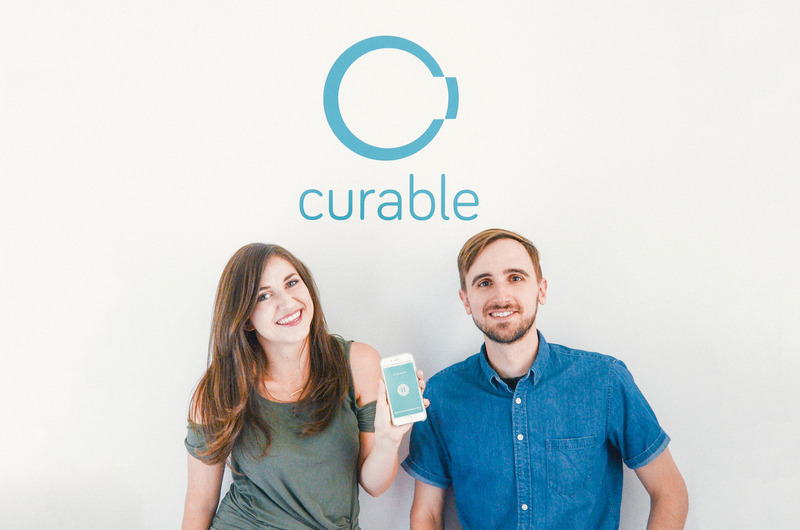The Local newsletter is your free, daily guide to life in Colorado. For locals, by locals.
For more than 15 years, John Gribbin suffered. He thought he had a herniated disc in his lower back, so the lawyer-turned-entrepreneur underwent hundreds of physical therapy sessions and dozens of massage treatments. The Denver resident tried to dull the aches with over-the-counter pain meds and prescription pills. He experimented with Eastern methods like acupuncture and Western tools like foam rollers to increase blood flow to the area. He applied ice packs and heating pads, changed mattresses and desk chairs. Orthopedic surgeons offered second and third opinions. Still, he anguished.
Then a friend who’d experienced similar distress recommended a 1998 book called The Mindbody Prescription: Healing the Body, Healing the Pain. Written by well-known physician Dr. John Sarno, who died this past June, the New York Times bestseller explained that emotions such as fear and anxiety play a significant role in chronic pain (read: any type of recurring pain that persists for longer than three to six months). The concepts resonated so much with Gribbin that his twinges began to improve after simply finishing the page-turner.

But Sarno was ahead of his time. It’s taken years for scientists to offer evidence that the brain is often as much to blame as the body for long-term pain (although some of Sarno’s specific hypotheses remain unfounded). And now, almost two decades later, there’s finally an app that incorporates a bio-psychosocial approach to pain management, meaning mental, social, and physical factors are taken into consideration. That app is Gribbin’s co-brainchild, the Denver- and Chicago-based Curable, which recently launched on personal computers, cell phones, and tablets. The platform addresses the psychological side of pain through educational activities plus meditation, expressive writing (think: prompted journaling), and cognitive behavioral therapy (CBT), which helps users become more aware of negative thoughts—and how they could be doing physical and mental harm.
Here’s Gribbin’s explanation of how the brain can become involved in chronic pain: “If you tear your ACL in the knee area, the nerves from that ligament are going, ‘Ow, this hurts,” he says. “They’re telling the brain that, and it’s sending back signals that say, ‘Lay off it, let the tissue damage heal.’ But if that knee is still hurting after six months, what started with structural tissue damage is now just more complicated. It involves the brain more than it did in the beginning. An example of that would be if somebody still had fear of using that knee. That fear’s an emotion, but it can exacerbate and elongate the pain cycle.”

This doesn’t mean the pain isn’t real—it’s simply that the cause or trigger of the symptoms has shifted. And that means you need to go about treating the issue with methods other than Ibuprofen and rest. In Curable’s case, you turn to Clara, a chatbot comfortable with animal GIFs, emojis, and the neuroscience behind pain, which she explains via short audio recordings. For instance, she tells you that your mind and body are not two separate entities, an idea that may seem intuitive but runs counter to how physicians and psychologists have been trained in distinct silos for centuries. “When doctors go to med school, they don’t usually learn much about psychology,” Gribbin says. “They know it’s important, but they don’t how to treat it per se. And psychology folks are trained pretty exclusively to deal with the mind, not physical manifestations of thoughts and feelings.”

The one-third of Americans who deal with chronic pain—costing this country anywhere from $560 to $635 billion in health care costs and decreased productivity—will likely be happy to think about this persistent problem in a new way. And they don’t have to pay much to do so: Users can access the educational component of Curable (the audio recordings) for free or pay $12.99 per month or $59.99 per year for the app’s activities (CBT, journaling, and meditation).
So far, 75 percent of Curable’s beta users have reported that their pain decreased after using the app. Gribbin’s team has also partnered with the Cognitive and Affective Neuroscience Lab at the University of Colorado Boulder to recruit participants for the largest study to date on how emotion relates to pain, which the lab is hoping to launch by the end of the year. If all goes well, it may conduct its next study specifically on the Curable app .








